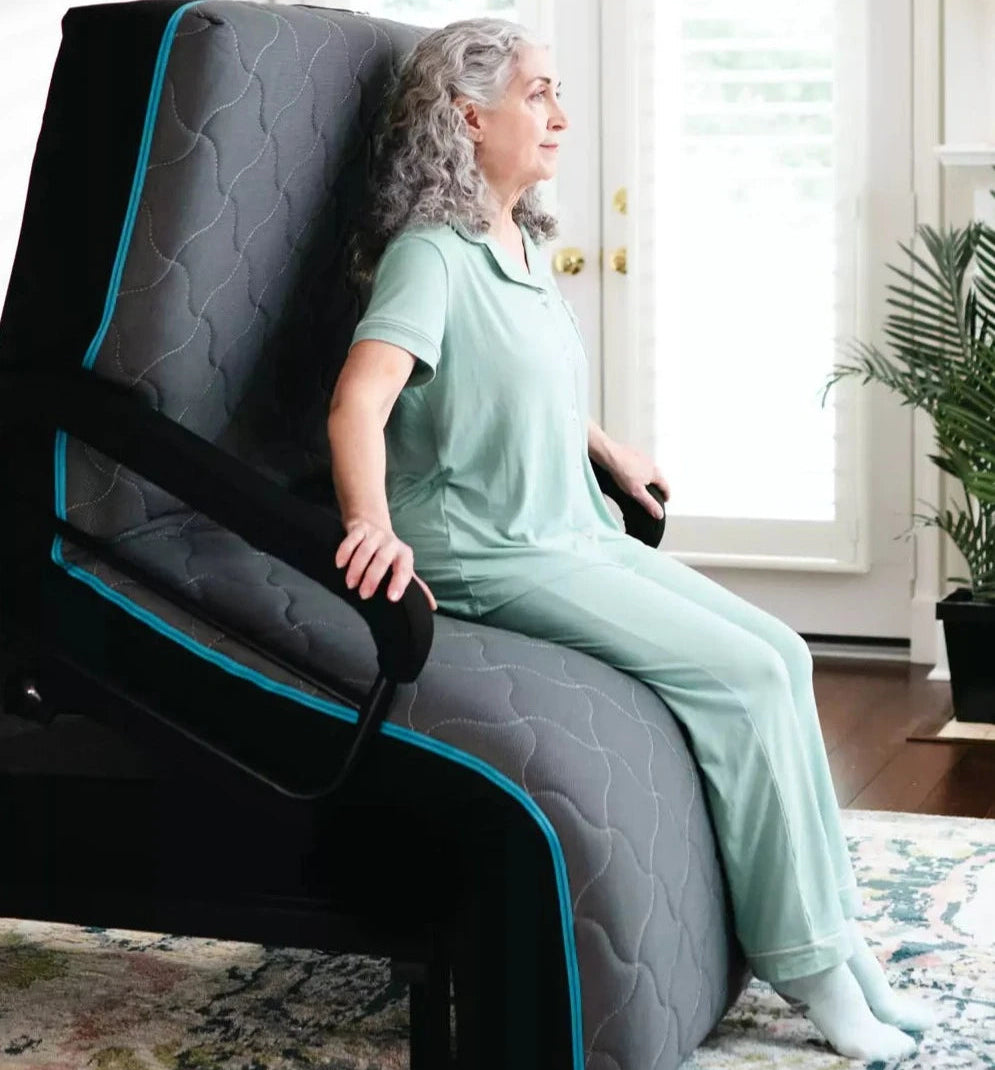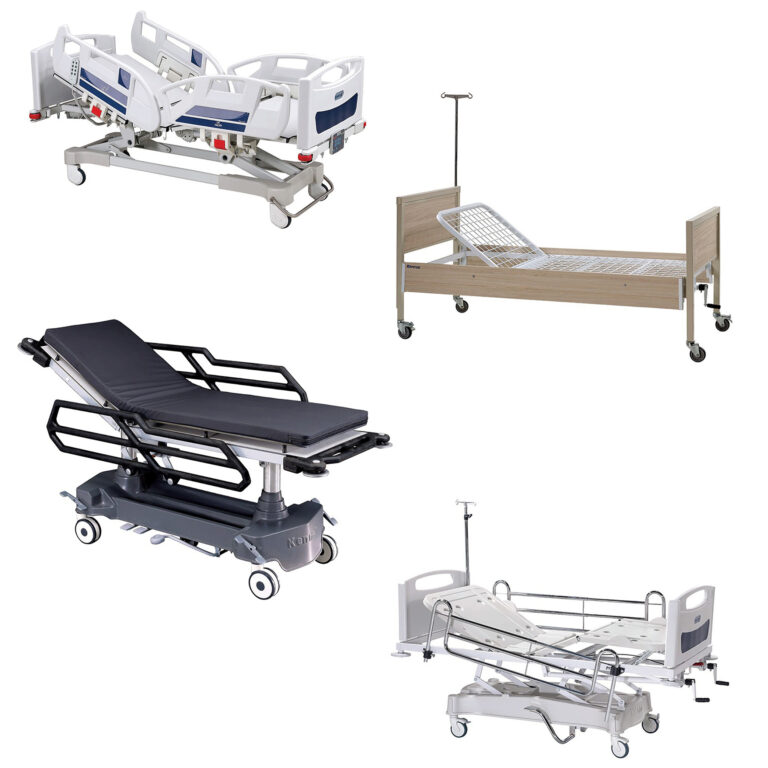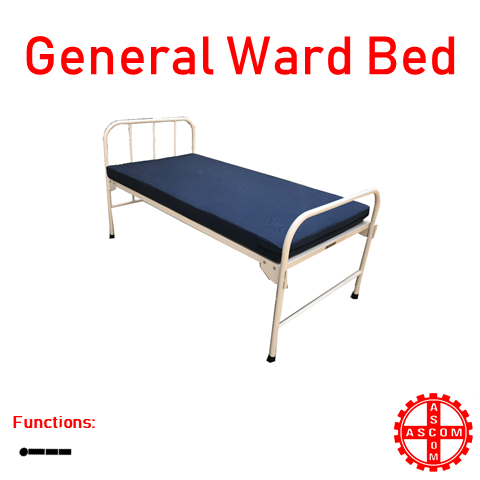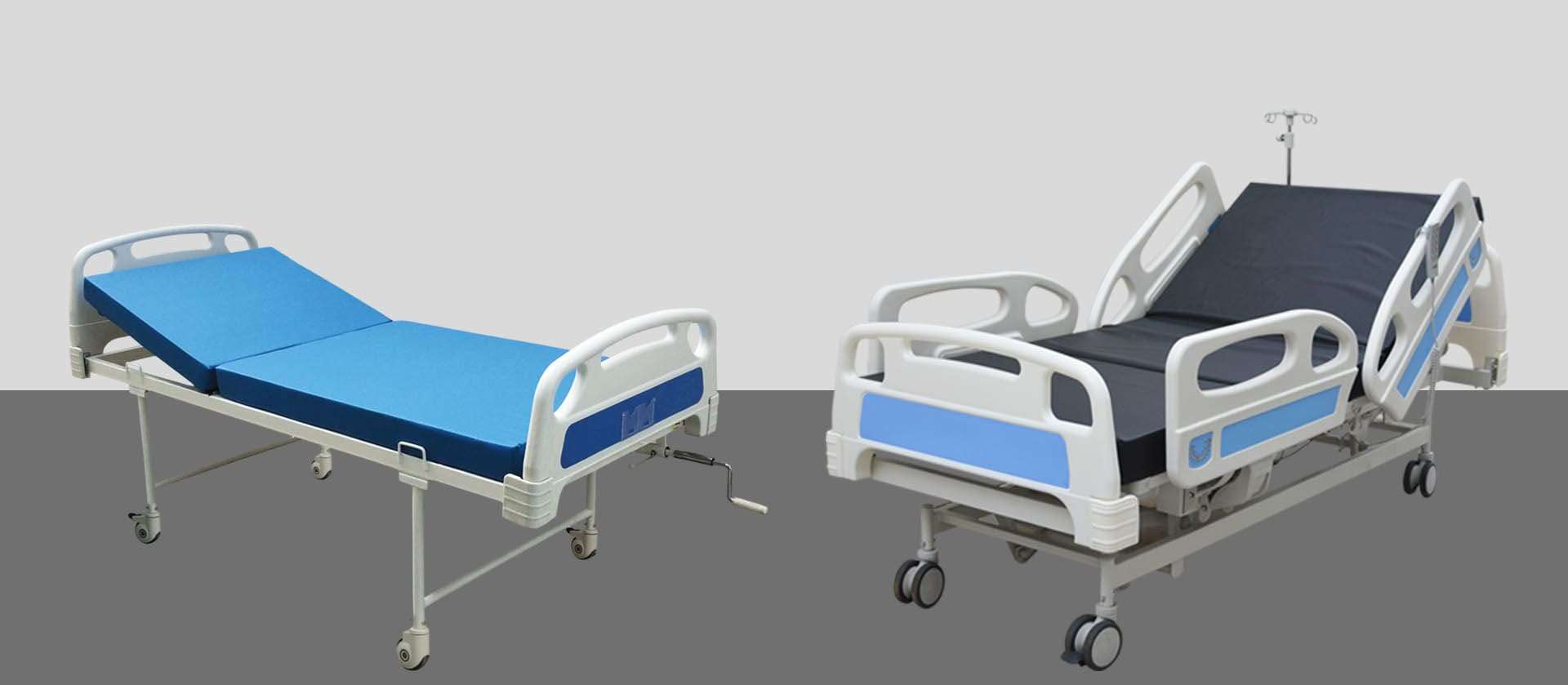The Facts About Hospital Beds For Home Use Uncovered
Table of ContentsHospital Beds For Home Use Things To Know Before You BuySome Of Hospital Beds For Home UseThe Greatest Guide To Hospital Beds For Home UseThe Single Strategy To Use For Hospital Beds For Home UseNot known Incorrect Statements About Hospital Beds For Home Use Hospital Beds For Home Use Fundamentals Explained9 Simple Techniques For Hospital Beds For Home Use
There are three major kinds of healthcare facility beds: guidebook, semi-electric, and fully-electric. These beds utilize hand cranks to readjust the bed's elevation and raise and decrease the head and the foot.
Semi-electric beds have an electric motor to increase and decrease the head and foot parts of the bed. People and caregivers change the placing by pushing buttons making use of a hand pendant. The height of the bed is adjusted manually with a hand crank. Full-electric beds have an electric motor that can increase the head and foot sections of the bed as well as the entire height and positioning of the bed.
Some Known Questions About Hospital Beds For Home Use.
There are several types of medical facility beds, each made to satisfy details patient demands. Here are some usual types: This is the most usual kind of hospital bed, made for general clinical usage.
Lower to the ground than a basic bed. This kind of bed is designed for larger individuals, with a larger structure and higher weight capability than a typical bed. This sort of bed is designed especially for kids, with smaller sizes than a conventional bed. Special features such as full length side rails and animation design.
This kind of bed is developed for seriously sick clients that call for open tracking and specialized medical devices such as ventilators and infusion pumps. This kind of bed is developed for usage throughout labor and distribution, with adjustable settings and attributes to support the mother and baby during the birth procedure.
Indicators on Hospital Beds For Home Use You Should Know
Multiple feature and the accessories carry out broadening grip to different parts of the vertebra and the extremities without moving the body. These are simply a couple of instances of the kinds of healthcare facility beds available. The details sort of bed utilized will rely on the individual's condition, clinical requirements, and other variables.
Here is things you require to understand. A one-function medical facility bed is a clinical bed that permits an individual to relocate just the head or foot section up or down. A 2 feature healthcare facility bed normally describes a sort of medical bed that has 2 flexible features to aid patients in hospitals or treatment centers.

The Best Strategy To Use For Hospital Beds For Home Use
A 7-function ICU bed is a type of clinical bed that gives numerous adjustable features to support seriously ill patients in a critical care unit (ICU) (hospital beds for home use). The seven features normally consist of: Backrest change: The backrest can be gotten used to various angles to help the person sit up or rest conveniently
Height adjustment: The bed can be raised or lowered to make it easier for patients to enter and out of bed, and for caretakers to give treatment. Trendelenburg setting: The whole bed check my blog can be tilted to promote blood circulation and blood circulation in the body. Reverse Trendelenburg placement: The bed can likewise be tilted in the opposite instructions to advertise blood flow and circulation in the upper body.
While more cost effective than electric models, these beds call for exertion for adjustments. The major advantages of manual beds are their cost and reliability, as they do not depend on electrical power. Nonetheless, the requirement for manual initiative can be a limitation in scenarios where quick changes are needed or where caregivers deal with physical challenges.
An Unbiased View of Hospital Beds For Home Use
Semi-electric medical facility beds use a balance of handbook and electric controls. These beds offer an excellent middle ground in between guidebook and totally electrical alternatives, offering simplicity of use without the full expense of electrical models.
Semi-electric beds are well-suited for clients who require modest changes to the head and foot areas however can manage without frequent elevation adjustments. This makes them a cost-efficient remedy for those looking for comfort and convenience without the demand for consistent repositioning. Fully electrical health center beds include electrical controls for seamless changes to the height, head, and foot sections.
Specialized healthcare facility beds, such as ICU beds, long-lasting treatment beds, and bariatric beds, are very carefully created to deal with specific clinical needs. These beds supply tailored care for varied client teams, enhancing both outcomes and convenience. In the following areas, we will discover the primary sorts of specialized medical facility beds, detailing their certain advantages and applications.
With years of experience in producing electrical direct actuators - hospital beds for home use and close cooperation with the health care sector, TiMOTION is well-positioned to offer dependable medical care services. Our up and down integrated business takes care of every step of the manufacturing process, from layout to actuator assembly, guaranteeing we supply outstanding worth and personalized remedies tailored to your certain demands
Not known Facts About Hospital Beds For Home Use

To get more information about incorporating these technologies right into your browse around here products, contact us today. More reading:.
Information is sourced from the Medicare Cost Report.

Not known Facts About Hospital Beds For Home Use
A hospital bed is a bed made especially for clinical functions. It is not only a place useful source for clients to relax, yet additionally a system for medical procedures. Unlike normal home beds, healthcare facility beds generally have adjustable features, which can assist in medical personnel to make various changes according to the demands of people, such as altering the elevation, inclination, and support angle of the back and legs of the bed.